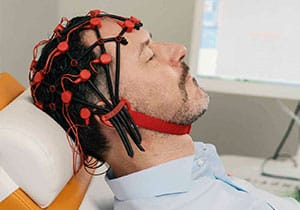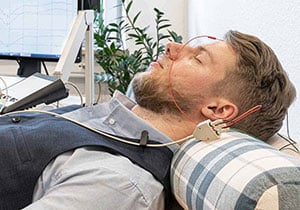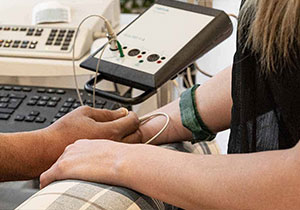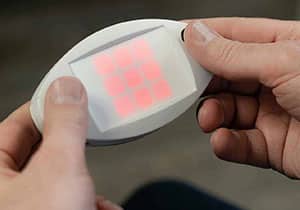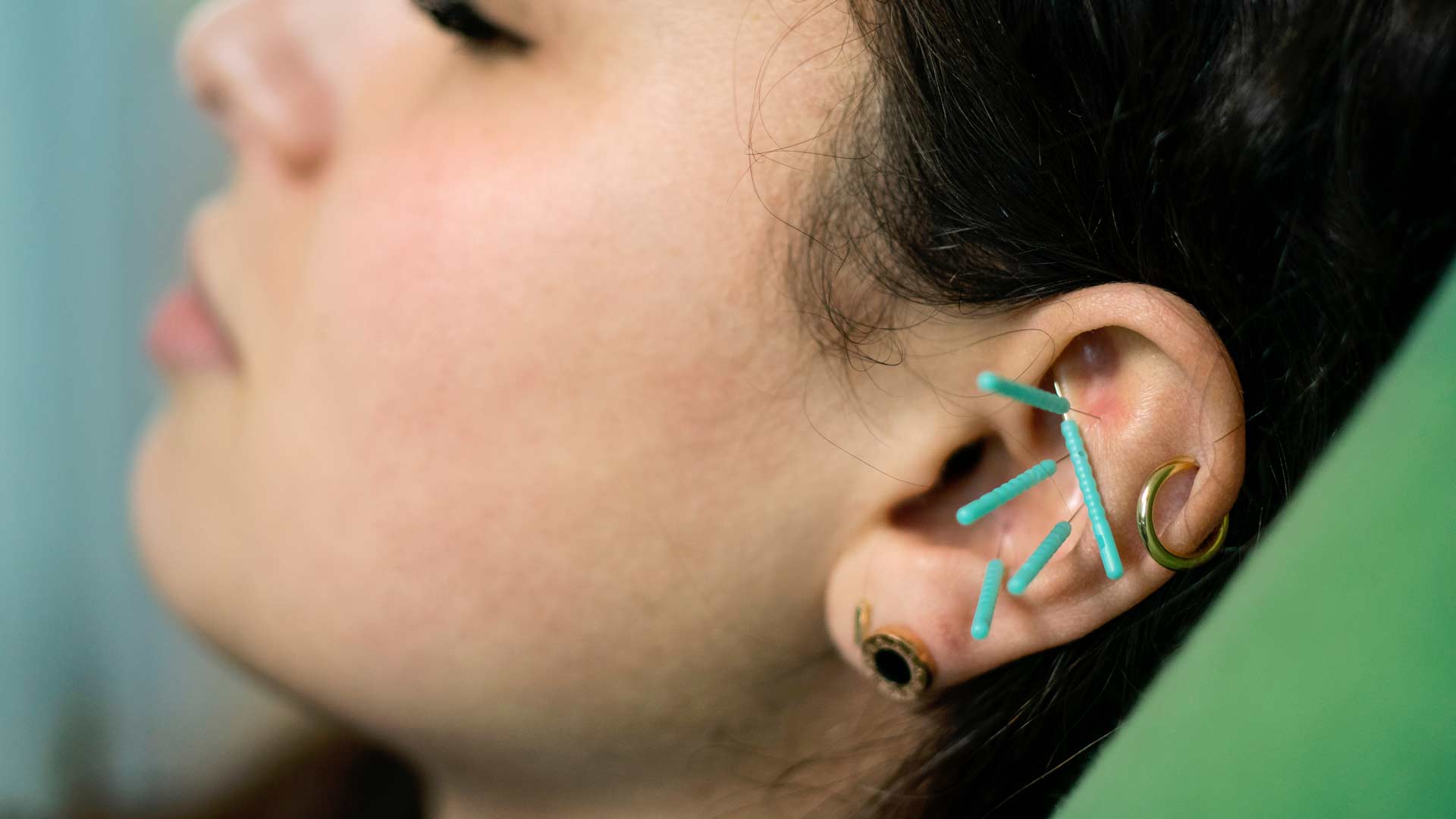
Acupuncture (NADA)
The goal is to reduce symptoms and stabilize and strengthen weakened, stressed patients with vegetative disorders.
What is acupuncture (NADA)?
Based on the successful treatment of addicts in the USA, therapist Dr. Michael Smith developed a new form of ear acupuncture. By applying the so-called NADA protocol, the body’s self-healing powers are stimulated and imbalances are corrected.
This special form of acupuncture has also proven itself outside of addiction treatment. The NADA protocol is used internationally in the treatment of psychological stress and trauma. The treatment promises success in treating symptoms such as sleep disorders, irritability, inner restlessness, and anxiety. By alleviating physical and emotional pain, the therapy protects addicts from relapse and increases their resistance to stress.
In addition to rehabilitation and day clinics, the facilities practicing this therapy include private practices and renowned university clinics such as the Charité in Berlin.
During the sessions, the focus is clearly on relaxation. Patients are prepared for the placement of the fine acupuncture needles through special breathing exercises. The fixation of the needles at precisely defined pressure points in the ear can cause fleeting pain. However, most patients quickly become accustomed to this and experience deep relaxation of body and mind.
To further enhance the relaxing effect, the NADA treatment is usually supplemented with magnetic patches. After the session, the needles are carefully removed and disposed of. If necessary, the patches can remain in the ear until the next session.
Are the costs of NADA acupuncture covered by health insurance?
NADA acupuncture is offered in the practice as an individual health service (IGEL). The procedure is therefore not covered by statutory health insurance. The costs usually have to be borne by the patient. If you have private insurance, the costs can often be reimbursed. For more information on making an appointment and the costs involved, please contact the practice team.

